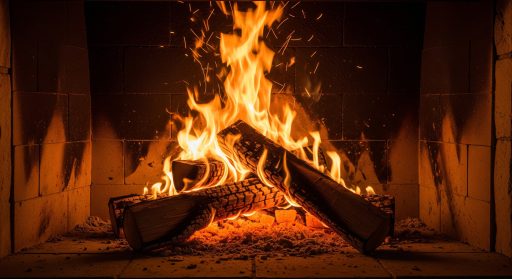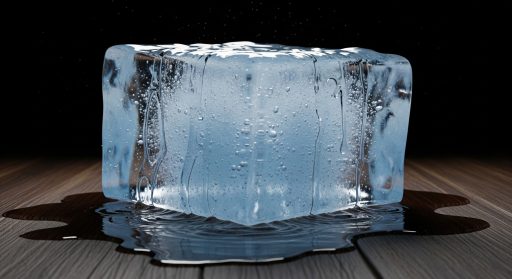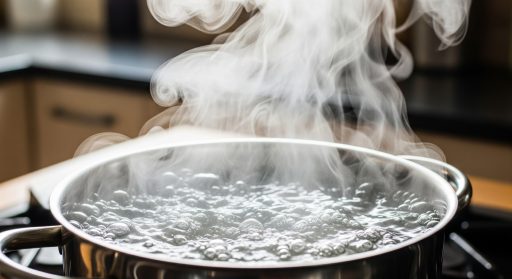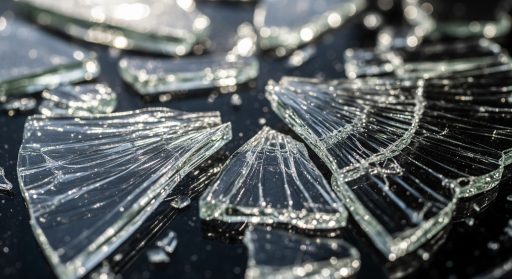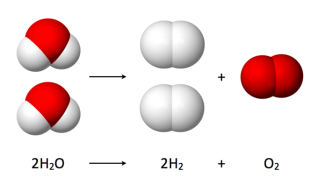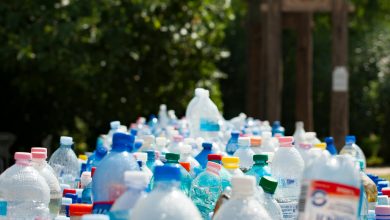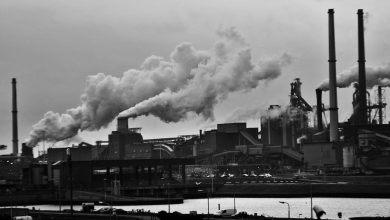Differences Between Physical and Chemical Changes in Matter
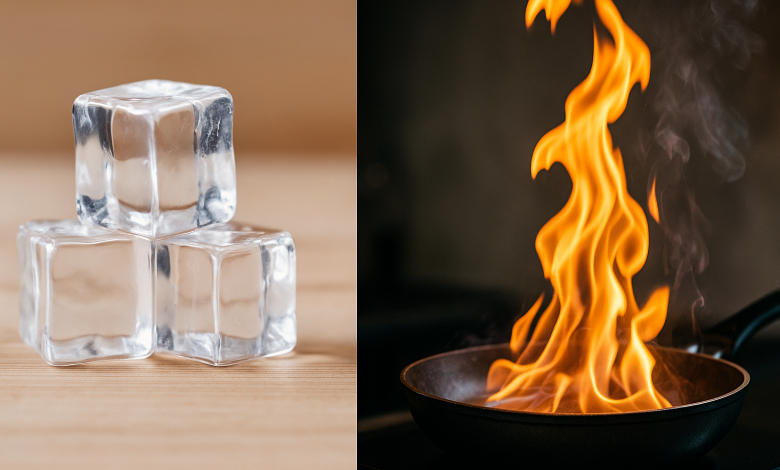
Matter is everything we can see, touch, or even smell: the chair you’re sitting on, the air you’re breathing, and yes, the snack you’re about to eat.
Because matter is always moving, cubes of ice slide into water and slowly disappear, a log crackles and turns to ash above the flame in a fireplace.
Scientists label those movements so we can talk about them easily. They use the words “physical change” and “chemical change”.
Knowing the difference helps in everything from cooking to fixing a car. Let’s take a look at what each term really means.
What is a Physical Change?
A physical change happens when the form or appearance of a substance changes, but the substance itself remains the same at a molecular level.
Essentially, the material’s chemical composition is not altered. These changes are often reversible, which means you can usually get the original material back.
Characteristics of Physical Changes:
For example, when you melt ice into water, it’s still H₂O, it hasn’t chemically transformed.
You can refreeze the melted water to turn it back into ice.
Think about cutting a piece of paper. You’ve changed its size and shape, but it’s still paper.
Real-Life Examples of Physical Changes:
Melting Ice: When you pull a tray of ice cubes from the freezer, they start to sweat as soon as they hit the warmer air. That’s because the ice is soaking up heat. Bit by bit, the solid crystals give way to water. The only thing that really changes is how the substance looks: the hard, cold blocks become a sloshy puddle. Inside, the same H₂O molecules are doing the same thing; they’re just rearranging themselves.
Boiling Water. Slip a pot of water onto the stove and fire it up. At first, nothing seems different. Gradually, tiny bubbles lift to the surface, then the kettle sings in full voice. The water is turning into steam and filling the room with a humid message that the kettle is ready. Even though we use different words—water and steam—the recipe still calls for H₂O. The molecules keep their identity; they simply spread apart and move faster.
Breaking Glass: Imagine you accidentally drop your phone onto the floor. Glass splinters scatter in every direction, and the screen is ruined. Still, each shard is still made of the same silicon compounds as before. The big change is in how the material is put together: one whole piece splits into many smaller segments. Chemically, the recipe hasn’t budged.
These examples show how matter can change shape, state, or size without becoming something entirely different.
Science likes to label these happenings *physical changes*, and they’re all around us.
What is a Chemical Change?
Unlike a physical change, a chemical change happens when a material turns into an entirely new substance that has different chemical characteristics.
In a chemical change, the bonds holding the molecules together are either broken apart or remade.
Because of this, most chemical changes can’t simply be undone by reversing the conditions the way you might melt ice back into water.
Characteristics of Chemical Changes:
This means the original material undergoes a chemical reaction and becomes something entirely different.
For example, you can’t unburn a piece of wood or undo the rusting of metal.
Chemical changes typically release or absorb energy in the form of heat, light, or sound.
Real-Life Examples of Chemical Changes:
Key Indicators to Spot a Chemical Change
Spotting a chemical change isn’t always easy, but there are a few clear clues that can help. Next time you’re mixing ingredients or watching a science experiment, keep an eye out for these signs:
Comparing Physical and Chemical Changes Side-by-Side
|
|
Physical Change |
Chemical Change |
|
Definition |
Changes in form or appearance only |
Formation of a new substance |
|
Reversibility |
Usually reversible |
Irreversible in most cases |
|
Energy Use |
May involve small energy changes |
Often involves significant energy release or absorption |
|
Examples |
Melting, freezing, dissolving |
Burning, rusting, decomposition |
|
New Substances Formed |
No |
Yes |
Recognizing the distinction between physical and chemical changes deepens our understanding of how matter behaves.
Everyday phenomena, from the straightforward melting of a frozen cube to the lively fizz produced when vinegar meets baking-soda powder, illustrate these concepts in action.
When you notice a fireplace crackling, smoke spiralling upwards, or water droplets forming on a chilled beverage glass, you witness fundamental processes that scientists have classified for centuries.
In each case, atoms rearrange themselves in familiar, yet still remarkable, ways.
What examples of physical and chemical change have crossed your path today?
